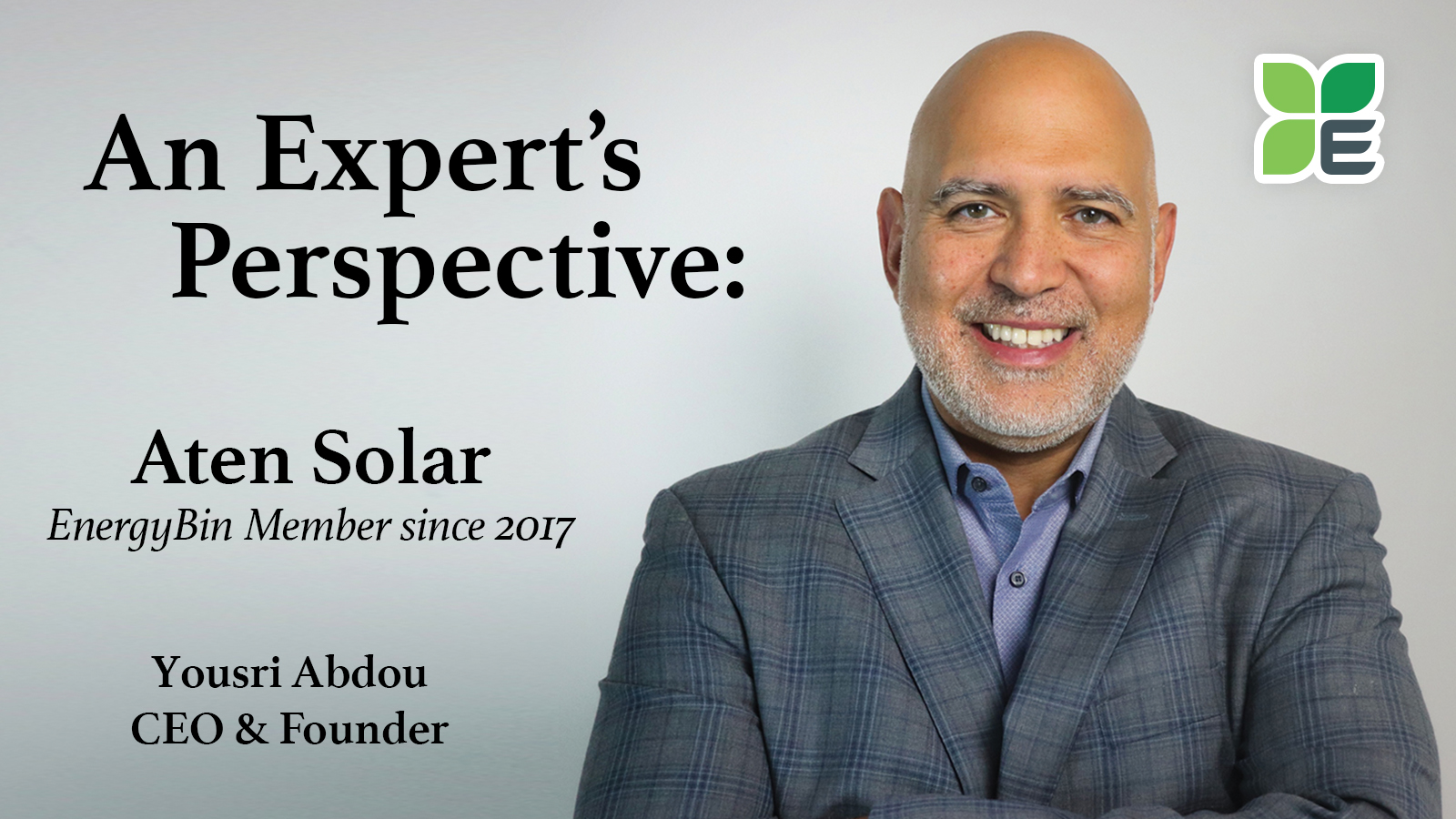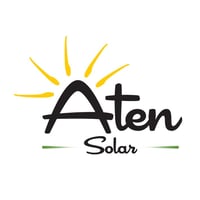In this exclusive interview, we had the pleasure of speaking with Yousri Abdou from Aten Solar, a distinguished member of EnergyBin. Considering the PV module market, Yousri shared his invaluable expertise and shed light on the intricate dynamics of supply and demand within the ever-evolving U.S. market.
Yousri's insights paint a vivid picture of the current state of the PV module market, revealing both challenges and opportunities that lie ahead. His perspective provides a glimpse into what the future holds for this rapidly growing sector.
EB: Describe the state of the PV module market today.
It’s confusing. On one hand, into Q3 2023, a new record of 6.5 GW was set in the U.S. for new electric generating capacity, which was a 55 percent increase over 2022. For the most part, the growth is attributed to the Inflation Reduction Act (IRA) and other federal clean energy policies that envisioned solar install growth as well a burgeoning U.S. solar manufacturing industry to spawn. This is good news for our industry. Yet, we’ve seen residential and commercial demand decrease while pricing compression has pressurized the module market namely due to permitting and interconnection delays, higher inflation, and interest rates as well as stubbornly high residential acquisition costs. The Section 201 and AD/CVD tariffs along with other administration costs such as customs bonding, etc. are why module pricing is on average $0.10-0.15 per watt higher than global prices. I don’t see demand especially in the residential and C&I markets meeting the glut of modules that are coming into the U.S. in 2024.
EB: What are the hottest modules in the market today?
Typically, the global industry’s big players, such as Canadian Solar, Jinko, REC, JA Solar, QCELLS, and LONGi, are the most sought after. The hottest modules now are the 144-cell “mid-size” commercial modules with dimensions roughly around 82” x 41” that are compatible with microinverters or optimizers and may still be easy to handle on a roof.
EB: How would you describe the health of today’s supply chains, and how does your company mitigate supply chain risk?
It’s in transition. With the IRA and other federal clean energy policies, policymakers foresee solar installation growth via a burgeoning U.S. manufacturing industry. And with the AD/CVD ruling, modules that are assembled in Cambodia, Thailand, Vietnam, and Malaysia will soon be subject to new tariffs. Therefore, manufacturers and OEMs are looking elsewhere to complete the final assembly process. As factories move from these established countries, quality and delivery times could be at risk. At Aten, we prefer to purchase from companies who have experience and expertise in new assembly. We’re also looking for suppliers who invite 3rd party inspections to audit their lines for compliance and quality control. Furthermore, we’re aiming to procure 30 percent of our inventory from within the U.S. and Canada to ease this transition.
EB: With respect to supply surplus, what can companies do to offset losses from holding distressed modules?
Unfortunately, module pricing is like seeing an ice cube melt in front of your eyes. The best advice is to sell unwanted inventory as quickly as possible. In the last two quarters, we’ve seen prices rapidly decline, and it’s doubtful they’ll recover. Aten offers blended pricing and enhanced payment terms to our clients if they want to purchase new modules while reselling their older modules to us.
EB: How can companies effectively plan for and manage pricing volatility?
I would advise the buying community to factor in a 5 percent additional pricing correction for Q1 and Q2 2024. Compare big players like Canadian Solar, Jinko, REC, JA Solar, QCELLS, and LONGi to each other rather than lesser-known Tier 1 brands. Only purchase from vetted and referred resellers rather than being “wooed” by the lowest price.
EB: What’s the outlook for the module market?
While economic challenges are expected to affect the industry in the near term, the future looks bright. SEIA’s U.S. Solar Market Insight report forecasts that growth will average 14 percent over the next five years. By 2028, the report says U.S. solar capacity will reach 377 GW, or enough to power more than 65 million homes. By 2050, solar is expected to be the largest source of generating capacity on the U.S. grid.
About Aten Solar
Aten Solar was founded in 2004 by Yousri Abdou, who focused on bringing renewable energy to the web and to DIY enthusiasts by reducing the costs of green energy systems and guiding buyers through the process of how solar procurement, design, and installation works. Aten supplies top quality PV panels, inverters, mounting hardware and other solar products to solar integrators, and other qualified solar contracting firms.



